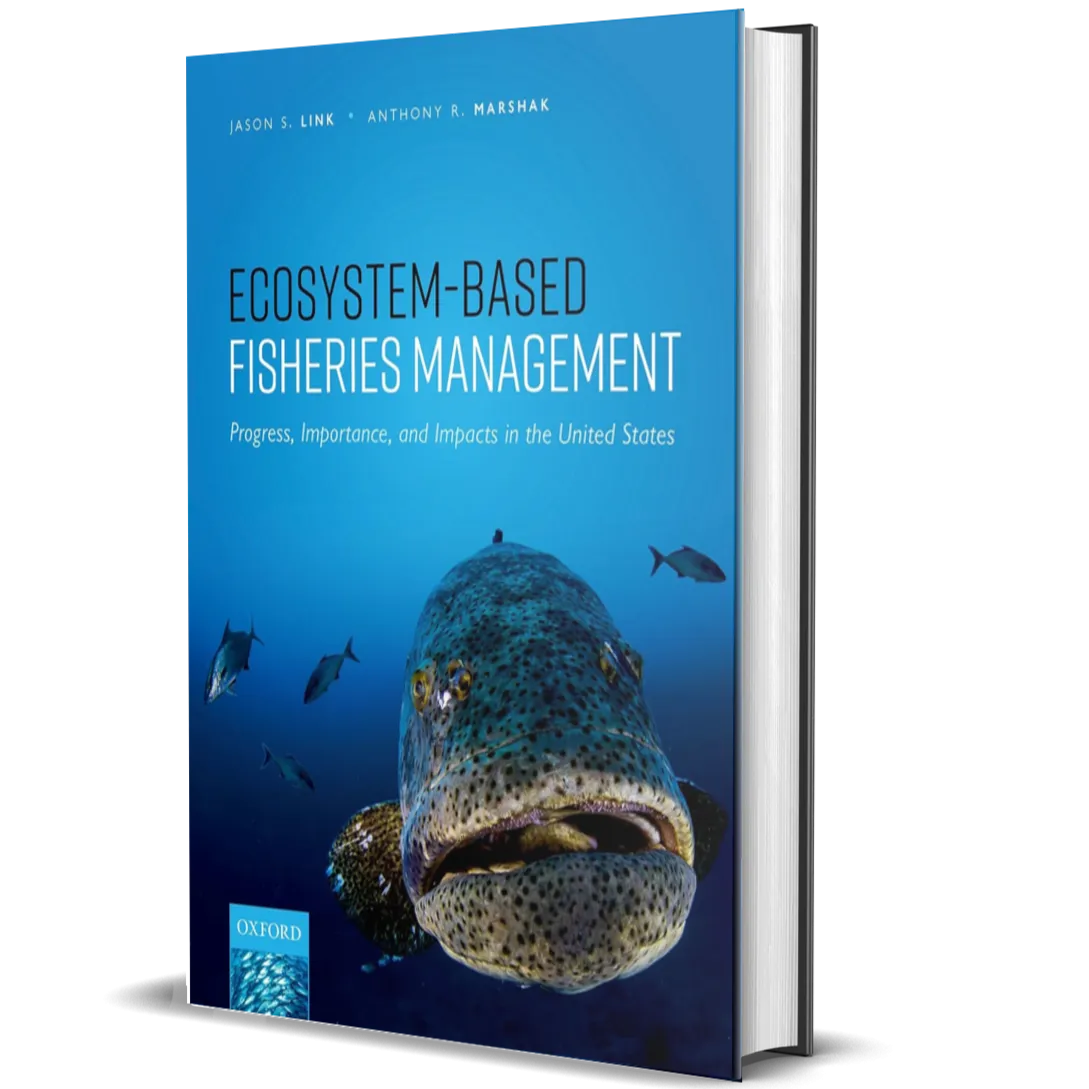Ecosystem-based fishery management (EBFM) is rapidly becoming the default approach in global fisheries management. The clarity of what EBFM means is sharpening each year, and there is now a real need to evaluate progress and assess its effectiveness and impacts. By examining a suite of over 90 indicators (including socioeconomic, governance, environmental forcing, major pressures, systems ecology, and fisheries criteria) for 9 major U.S. fishery ecosystem jurisdictions, the authors systematically track the country’s progress toward making EBFM an operational reality.
The assessment covers a wide range of data in both time (multiple decades) and space (from the tropics to the poles, representing over 10% of the world’s ocean surface area). The authors view progress toward the implementation of EBFM as synonymous with improved management of living marine resources in general, highlighting the findings from a national perspective. Although U.S.-centric, the lessons learned are directly applicable for all parts of the global ocean. Much work remains, but significant progress has already been made to better address many of the challenges facing the sustainable management of our living marine resources.












![Faria Dress White 4" Tachometer w/Systemcheck Indicator - 7000 RPM (Gas) (Johnson / Evinrude Outboard) [33150] Faria Dress White 4" Tachometer w/Systemcheck Indicator - 7000 RPM (Gas) (Johnson / Evinrude Outboard) [33150]](https://www.portablehand.shop/image/faria-dress-white-4quot-tachometer-wsystemcheck-indicator-7000-rpm-gas-johnson-evinrude-outboard-33150_InbC4Q_285x.webp)


